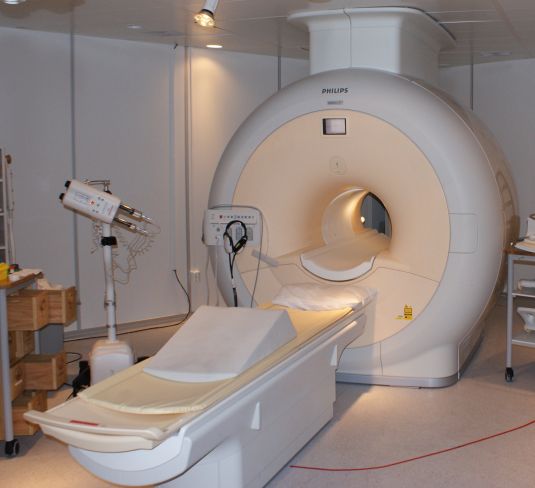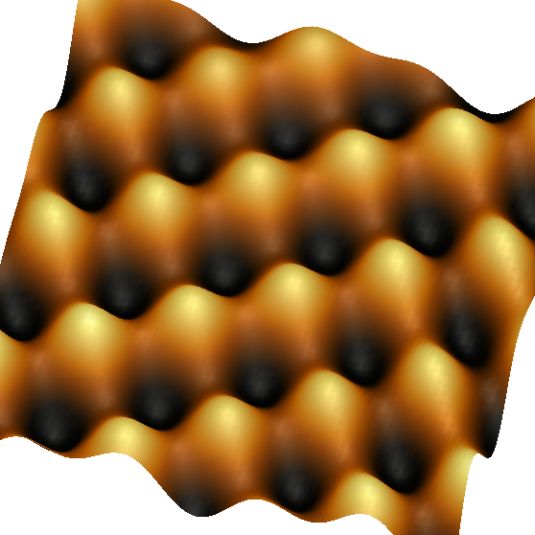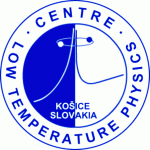Just as blood is a life-giving fluid for our body, liquid helium is important for experiments at very low temperatures. Liquid helium (T = 4.2 K) is obtained in the liquefier which is part of the Department´s infrastructure, and its annual production is about 30 000 litres. This is distributed not only to individual laboratories of the centre, but also to hospitals where it serves for cooling the magnets in magnetic resonance tomographs. These magnets, as well as those used in different research (e.g. at CERN), are made of superconductors. For several years superconductors’ physical properties have been intensively studied by various methods in this country (microcontact spectroscopy, AC calorimetry, or most recentlyscanning tunnelling microscopy – STM). Probably the most significant results have been achieved in the study of the superconducting material MgB2. MgB2 has been quickly adopted for use in superconducting magnets thanks to its comparatively high critical temperature and magnetic field values.

Superconductors in magnetic resonance diagnostics

STM microscope can “see“ atoms
The characteristics of space may also be explored indirectly in the laboratory at ultra-low temperatures (below 1 mK), for example when the rare isotope 3He turns superliquid. In such a macroscopic quantum system, we can realistically simulate and observe for instance turbulences and fluctuations of the physical vacuum, phenomena associated with the black-hole event horizon, symmetry breaking after the Big Bang, or the phenomena inside neutron stars. Ultra-low temperatures also provide suitable conditions for the experimental study of quantum bits – qubits produced either directly in superliquid3He or based on nano-SQUIDs. Besides extremely low temperatures and high magnetic fields the Department concentrates on research into strongly correlated systems at extremely high pressures (up to about 10 GPa) when unexpected properties are observed. Most recently the Department has concentrated its research on the study of reduced-dimension materials. All these research fields at our centre cannot go on without cooperation with top laboratories in the world (especially Berlin, Grenoble, Lancaster, Madrid, Vienna, Santander, Ames, Pohang, Shanghai and Helsinki) and our results have been presented in the most prestigious physics journals.

Black hole outside the laboratory
 Contact
Contact Intranet
Intranet SK
SK







